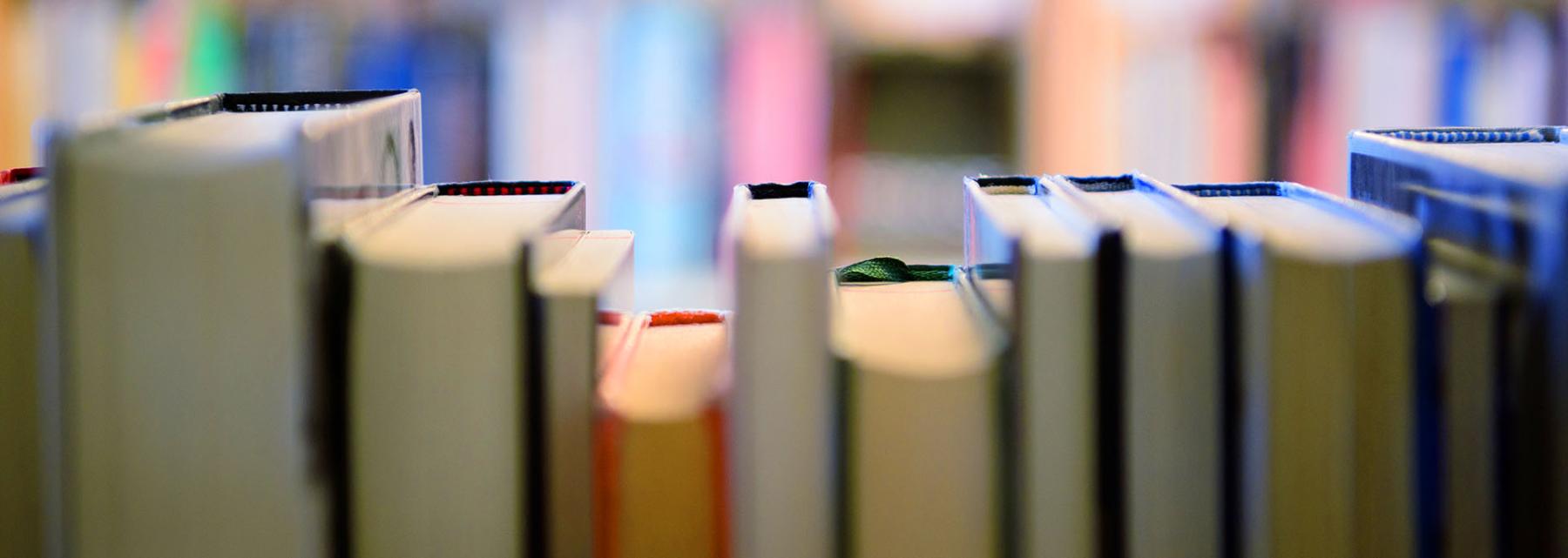
A Digital Book Creation
This lesson plan aims to incorporate Science, Engineering, and Math subjects into the Digital Book Project. Students paraphrase in simple words the explanations of chemical reactions in everyday life. Then they state how Engineering is present in our daily activities. Also, they explain how Pythagoras Theorem is used in real life. Finally, they communicate effectively with their peers to write simple explanations on everyday activities and how they are related to Science, Engineering and Math. This lesson plan takes place in a classroom for 90 minutes and students are asked to work in small groups of 2-4. Students experience an integrated STEAM lesson with combined content from Science (Physics-Chemical Reactions), ELA (Reading and Writing Skills), Engineering (Aerodynamics), Math (Pythagoras Theorem).
Lesson Grade Level
8th GradeLesson Plan Link/URL
https://docs.google.com/presentation/d/1UPj8n-8tFQQ0PSez8PiaMPn4-1A3AqWR/edit?u…Subject Area
Science Physical Science P1: Matter Technology 6. Creative Communicator Engineering S4: Apply Science to Engineering Mathematics Geometry (G) English Language Arts (ELA) Reading (Informational Text) Writing Speaking & ListeningRelated Content

In this lesson, students will learn about the history of flight and the technological advancements that led to modern aviation. Students will learn about how the study of birds and other flying

In this 7 week unit, students will utilize resources around them to create a garden for a culminating taco party! Students will work on science, math, and ELA within the unit. Feel free to host this

Engineers often create small-size models of a new product to test its design. This is especially true with airplanes. Model testing tells engineers how a design responds to different air conditions